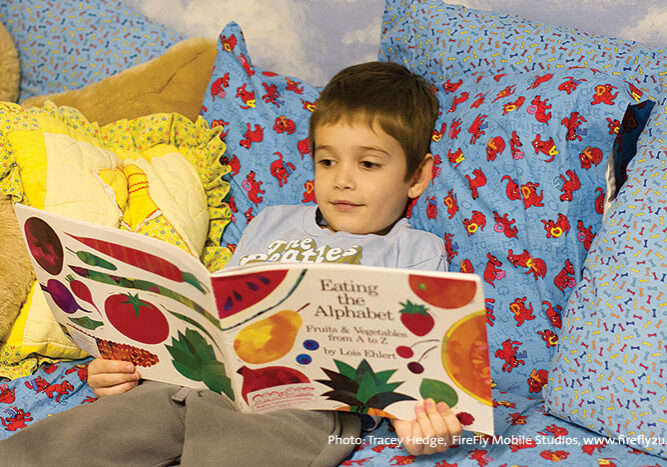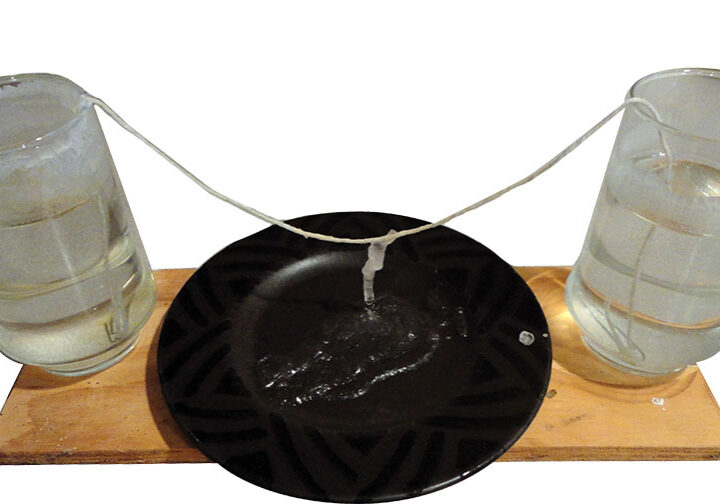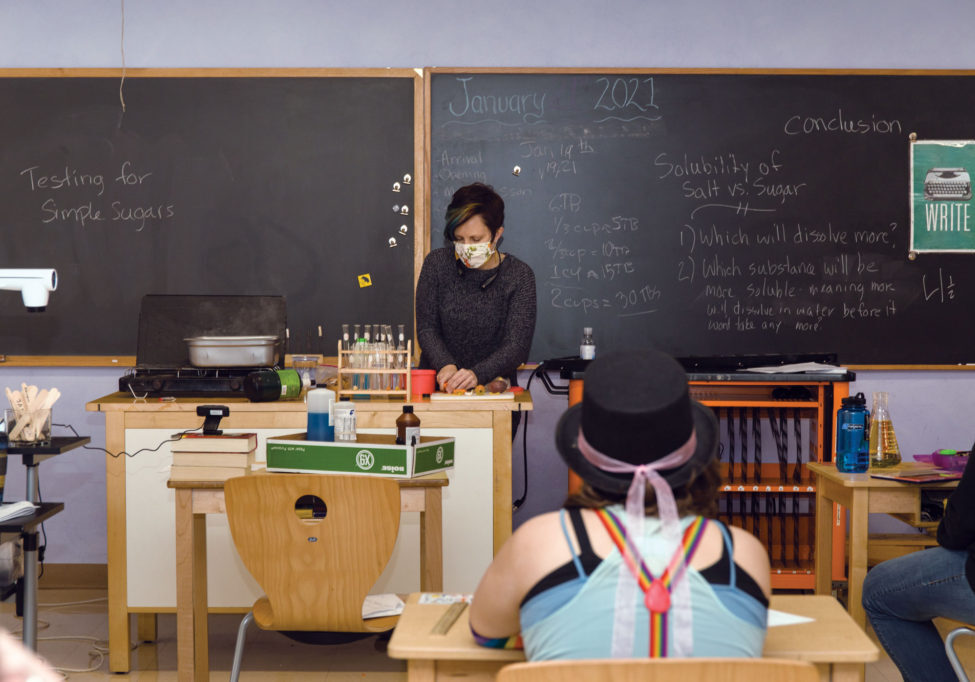Reading is a necessary skill for everyone, but sometimes children can feel overwhelmed with doing it and even more afraid of reading out loud. However, reading to animals can make it a lot more fun and enormously less threatening.
Programs are available all over the country
There are quite a few programs that offer children this opportunity, such as Paws to Read, Tales to Tails, Bow Wows and Books, and Pawsitive Reading. No matter where you live in the country, you can usually find a program nearby.
One of the larger and more well-known programs is PAWS for Reading, one of nine programs run by PAWS for People, an award-winning, all-volunteer nonprofit organization. The therapy animals involved with the program, including dogs, cats and bunnies, are well trained and loving. Children receive supportive feedback and guidance, as well as stickers and bookmarks, from experienced human volunteers.
“It’s a lot of fun sitting next to the dogs who often have their tongues hanging out while I’m reading,” said Jason B., from Dover, DE, who has been taking part in the program for the last four months at his local library. “Plus, it’s something really different to do.”
A win-win for children and animals
Many of these programs take place in libraries and schools, but sometimes they’re done at animal shelters. According to Project Literacy, “The Read to the Animals program has become a great opportunity for students to improve their reading accuracy, speed, comfort, confidence, and ability with a furry animal friend in the audience. Another added benefit of the program is that the animals in the shelter are gaining socialization and companionship throughout the reading sessions.” It’s a win-win situation.
While reading to animals, not only do participating children improve their reading skills, but teachers, librarians and volunteers have also reported an increase in their confidence, communication skills, self-esteem, social skills and attendance rates. As stated on the PAWS for Reading website, “Nationwide, similar programs have tracked a rise in students’ reading test scores and attitude toward reading.”
Special needs and English-as-a-second language (ESL) students also benefit greatly from these reading programs. There are even programs available for teens and adults.
Instilling a love of reading
Reading is not only an important skill set for education, but for everyday enjoyment as well. Getting lost in a good book is something we never outgrow and instilling a love of reading in children is one of the best gifts we can give them.
This is why it is so important for kids to become proficient readers who don’t see reading as a chore or something that they need to do. Instead, children should find pleasure while in the midst of a story and feel a sense of accomplishment when finishing a book.
These unique literacy programs, along with parents, teachers, librarians, volunteers and animals, can help accomplish these goals. Reading is learning, regardless of the subject matter. It opens up our minds to a myriad of possibilities and lets us experience a whole new world, if only for a few hours.
Interacting with animals leads to improved mood
Many of us find being with dogs and cats calming to both our minds and bodies. Interacting with animals often leads to lower blood pressure, an improved mood, and a sense of comfort.
While every reading program is slightly different, the animals involved are usually therapy dogs and the volunteers that assist with the programs are generally required to go through a training session themselves. Once you find a program nearby, you can check out the individual requirements.
In her article Books and Bones: The Benefits of Reading to Animals, Cecilia de Cardenas focuses on a program called R.E.A.D, Reading Education Assistance Dogs. “R.E.A.D. dogs are usually mild mannered and patient, calm and well groomed. Other animals have been used in the program as well, from rabbits to guinea pigs to parrots.”
How to locate a read-to-animals program
A great resource for locating these programs is Paws to Read (pawstoread.com). “My website is there to connect people with ‘read-to-animals’ programs across the country,” said Lee Wardlaw, the website creator. “I write children’s books and know how important it is for children who are struggling with reading problems to have a safe, non-judgmental environment in which to practice their reading skills.” Not all cities and states are listed, so if you don’t see yours, use the email form to send a message to Wardlaw and she will get back to you with that information.
Increasing your child’s literacy skills while giving him or her a furry companion who will listen without judgment is a true gift all around. And they might get in a good snuggle or two.
Comment Policy: All viewpoints are welcome, but comments should remain relevant. Personal attacks, profanity, and aggressive behavior are not allowed. No spam, advertising, or promoting of products/services. Please, only use your real name and limit the amount of links submitted in your comment.
You Might Also Like...

Again! Again! How to Make Reading Irresistible for Preschool Boys
I want my son to love books – so I began reading to him when he was tiny. Despair descended when, at six months old, he was more interested in eating […]

Whittenberg Country School – An Old-Fashioned School In The 21st Century
Zach Whitten’s day-to-day operations at Whittenberg Country School look like a scene from Louisa May Alcott’s Jo’s Boys. Every school morning is awash with an exciting spectrum of possibilities for […]

From Crippling Threat to Family Pet: Helping Kids Overcome Their Fear of Dogs
Your child begins shrieking and clutches tightly at your leg, trying desperately to climb up your body. As you pick him up, you look around for clues to his behavior. […]

Homemade Icicles Are a Simple Science Experiment
Winter is upon us and with it some freezing weather. Well, that depends on where you are. Some kids rarely have a chance to see some snow or the iconic […]




